Researchers are now able to wirelessly record the directly measured brain activity of patients living with Parkinson’s disease and to then use that information to adjust the stimulation delivered by an implanted device.
Press Releases


NIH-funded study suggests an anticancer drug could prevent bleeding into the brain.
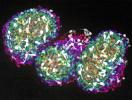
In an article published in the journal Neuron, NIH researchers outlined their plans for the iPSC Neurodegenerative Disease Initiative (iNDI), a project designed to help scientists better understand how genetic mutations lead to the brain cell damage underlying Alzheimer’s disease and other dementias.
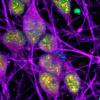

In a study funded by the National Institutes of Health (NIH), researchers tested a novel combination treatment approach on mice with tumors with characteristics similar to human astrocytomas—a type of slow-growing glioma—and found tumor regression in 60 percent of the mice treated.
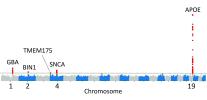
In a study led by NIH researchers, scientists found that five genes may play a critical role in determining whether a person will suffer from Lewy body dementia, a devastating disorder that riddles the brain with clumps of abnormal protein deposits called Lewy bodies

A new database will collect information from clinicians about COVID-19-related neurological symptoms, complications, and outcomes as well as COVID-19 effects on pre-existing neurological conditions.
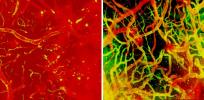
Researchers from the National Institutes of Health have discovered Jekyll and Hyde immune cells in the brain that ultimately help with brain repair but early after injury can lead to fatal swelling, suggesting that timing may be critical when administering treatment.
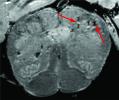
In an in-depth study of how COVID-19 affects a patient’s brain, National Institutes of Health researchers consistently spotted hallmarks of damage caused by thinning and leaky brain blood vessels in tissue samples from patients who died shortly after contracting the disease.
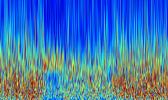
Serotonin is a neurochemical that plays a critical role in the way the brain controls our thoughts and feelings. For example, many antidepressants are designed to alter serotonin signals sent between neurons.
